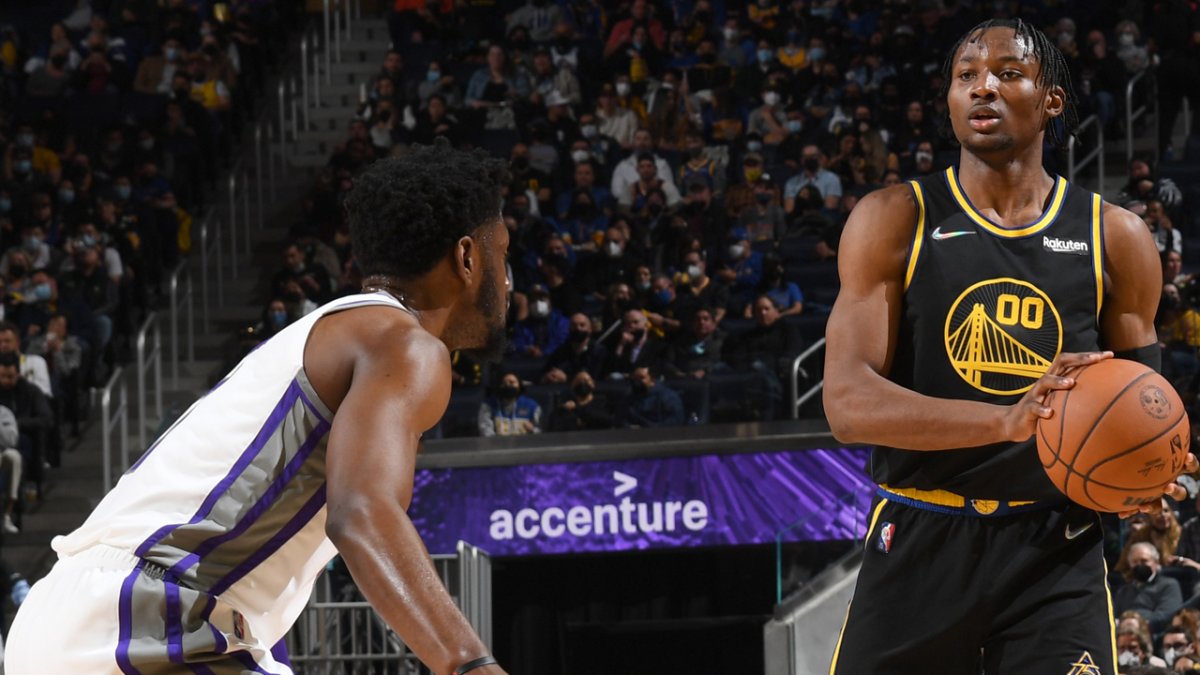From cricket to Coldplay, one executive is redefining how India consumes live entertainment.
As India’s entertainment landscape undergoes seismic shifts, few executives are positioned as strategically as Sanjog Gupta. One of three CEOs at JioStar – alongside Kiran Mani (CEO – Digital) and Kevin Vaz (CEO – Broadcast Entertainment) – Gupta oversees sports and live experiences across a sprawling empire that includes Star Sports on television, JioHotstar on digital, ESPN Cricinfo, and the company’s league-owning businesses Mashal (Pro Kabaddi League) and Football [soccer] Sports Development Limited.
With over two decades in media and entertainment, Gupta has emerged as one of the architects of India’s modern sports ecosystem. His fingerprints are on marquee cricket properties like ICC cricket World Cups and the Indian Premier League (IPL) cricket tournament, domestic leagues like the PKL and Indian Super League, and global events including the Premier League and Wimbledon.
But Gupta’s ambitions extend far beyond sports. In an interview with Variety, the executive outlined his vision for transforming JioStar into a platform that delivers what he calls “infinite, hyper-personalized journeys” – a strategy that marries sports aggregation with live cultural experiences ranging from Coldplay concerts to spiritual celebrations.
Gupta’s approach to content investment rests on what he calls foundational principles that inform every decision at JioStar. “Live sport in India is an aggregator of audiences like no other, so it serves as a massive recruitment funnel for the platform,” he explains. This audience aggregation creates what Gupta describes as a network effect that benefits all content on the platform.
The second element of his thesis anticipates massive growth in India’s sports adoption. “A country of more than a billion people will be adopting sports both at a scale we have never seen before, and with a variety that we’ve never seen before,” Gupta says, citing socioeconomic factors including rising middle-class mobility, increased health consciousness among parents, government recognition of sports’ soft power, and expanding private investment in leagues and infrastructure.
Perhaps most crucially, Gupta emphasizes the unique monetization potential of sports fans. “The lifetime value of a sports fan is quite significant for a platform,” he notes, describing a consumer journey that progresses from attention to passion to affiliation to action – the final stage encompassing merchandising, sports travel, and stadium attendance.
This investment philosophy recently translated into a substantial commitment. Gupta revealed that JioStar is investing $500 million across production, marketing, and technology to enhance its sports offerings. “Our journey actually begins at that point [of rights acquisition] to grow fans for the property, to deepen fandom for that property, and to be able to extract disproportionate value from that property,” he explains.
In 2022, the IPL rights were bought for $6.2 billion by the two entities who have since merged to form JioStar. The tournament serves as Gupta’s laboratory for testing broader platform strategies. The 2025 season delivered unprecedented numbers: 1.19 billion total reach (537 million on TV and 652 million on digital), representing the biggest reach ever for IPL on the JioStar network. The tournament drove JioHotstar to 300 million subscribers, with 55.2 million peak concurrency and 840 billion minutes of total watch-time. Notably, 47% of IPL viewers on Star Sports were women, while the IPL final alone attracted 426 million viewers.
The tournament’s success creates momentum that benefits other content in what he calls “the shadow of a large, scaled aggregative event.” Following IPL’s conclusion, the World Test Championship final between South Africa and Australia became “the most watched non-India test match on a digital platform ever,” while the first test of the England-India series achieved similar milestones – both benefiting from IPL’s cross-promotional effects.
Entertainment content receives similar treatment. Gupta cites the strategic launch of “Criminal Justice” during IPL’s final weeks as an example of leveraging sports traffic for content sampling. “We didn’t drop the full show at one go, but actually staggered it starting [during] the IPL,” allowing the series to build an audience that would return for episodes released after the tournament concluded.
This approach aims to create what Gupta terms “intimate, infinite journeys” for each user. “For every user who’s landing on the platform, the journey has to be distinct and unique,” he says. The goal is a platform that feels “as aggregative and as scaled as it is, but as intimate and personal as we want it to be for every user.”
The holy grail, according to Gupta: “Least effort, most interest, intimate and personalized each time that he or she is logging on.”
Gupta’s mandate extends into live experiences, a vertical that represents “the confluence of our expertise in storytelling with our expertise in serving live scaled, aggregated audiences in sport.” The approach targets consumers’ dual desires for individual expression and community belonging.
JioStar’s first major live event – Coldplay’s Jan. 26 concert at the Narendra Modi Stadium – was strategically chosen for its cultural significance. “We believe that day, by virtue of being 26 January [India’s Republic Day], one of the biggest bands in the world performing at one of the biggest stadiums in the world would create what could be a cultural zeitgeist moment,” Gupta explains.
The live experiences strategy encompasses both existing events with scale potential and original cultural programming. Following successful spiritual celebrations for Maha Shivaratri and Rama Navami (the latter featuring Indian cinema legend Amitabh Bachchan as narrator), Gupta sees significant opportunity in India’s awakening concert economy.
“There is a deep desire to experience, or invest and spend on experiences which are truly once in a lifetime,” he observes, noting both the experiential value and the “FOMO aspect” that drives audience engagement.
Despite IPL’s aggregate success, Gupta acknowledges areas for improvement. Regional language feeds in the Bhojpuri, Marathi, and Gujarati languages underperformed compared to Tamil and Telugu offerings, largely due to discoverability issues. “We were not able to serve those feeds to consumers who may have been interested in them, because we were not able to make them discoverable enough on the platform,” he admits.
Similarly, new product features including four FAST channels designed for lean-back viewing on connected TVs failed to gain traction. These channels, organized by team affiliation or themes like “close finishes” and “classic games,” suffered from the same discoverability challenges.
“While the aggregated experience of the IPL delivered better than expected numbers, there were certain core constituent parts of that experience which weren’t discovered by consumers at all and are actually critical for the long term growth of the property,” Gupta reflects.
Looking toward the next five years, Gupta’s strategy remains anchored in these investment principles. With the November 2024 “Think Sports: Unlocking India’s $130B Sports Potential” report by Google and Deloitte projecting the Indian sports sector to reach $130 billion by 2030, JioStar will continue investing in properties that serve as audience aggregators, benefit from India’s sporting growth trajectory, and unlock the enhanced lifetime value of sports fans.
The key metric remains simple: “Till such time as sports, sporting properties, sports rights, continue to deliver on these four tenets of the investment thesis, we will continue to invest in them.”
For live experiences, Gupta promises continued focus on “moments of cultural zeitgeist” that offer both scale potential and “deep cultural significance.” Whether musical concerts or spiritual celebrations, each event must satisfy dual criteria of mass appeal and meaningful cultural resonance.
As Gupta puts it, the mission remains “making India a sporting nation” while realizing his vision of “serving one fan as many sports experiences, powered by the interplay of technology and creativity.”
In an industry where platform differentiation increasingly depends on personalization at scale, Gupta’s JioStar represents a fascinating test case for whether sports can indeed serve as the ultimate audience aggregator – and whether that aggregation can successfully fuel broader entertainment ambitions across India’s massive, diverse market.









 English (US) ·
English (US) ·